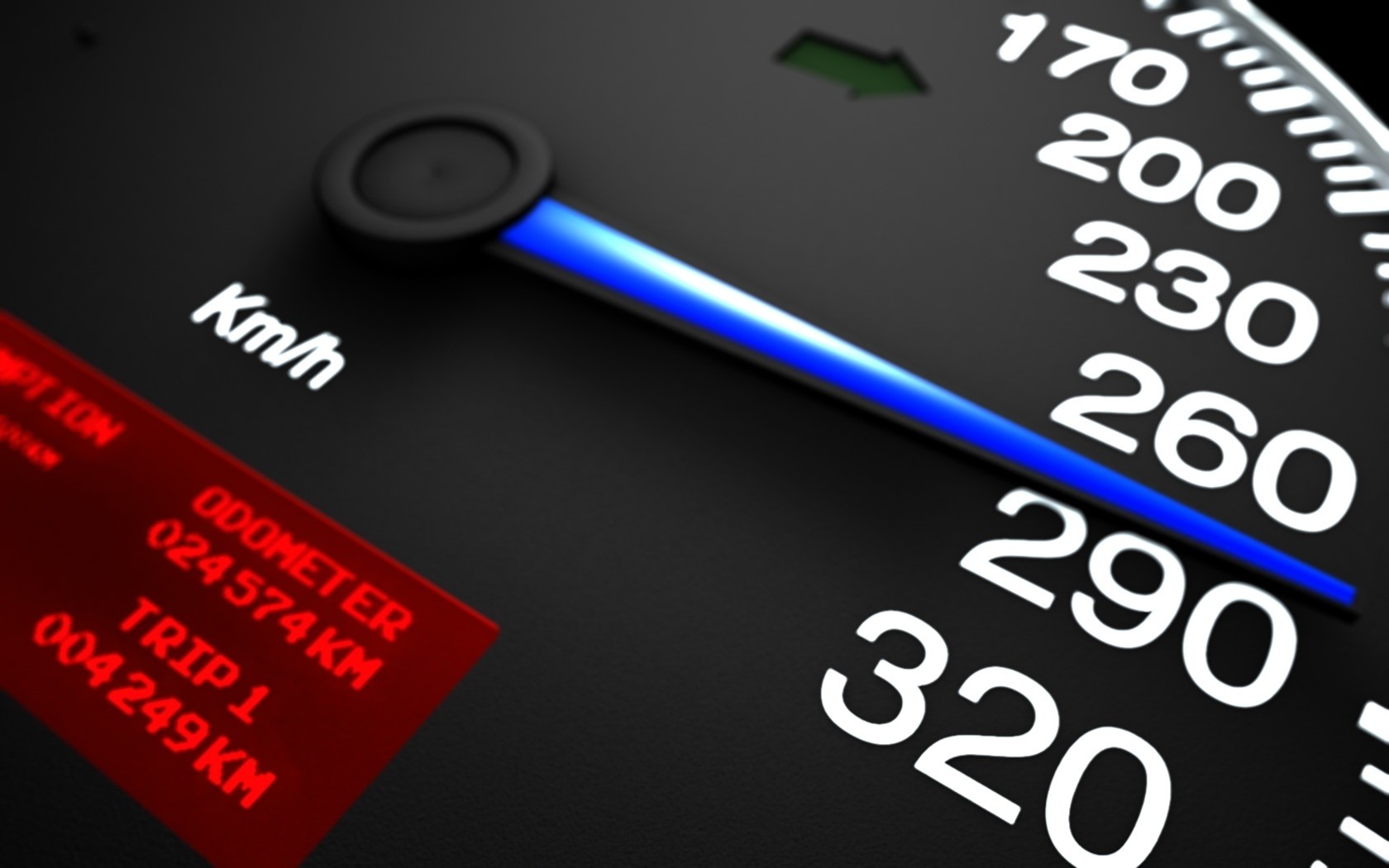• Some 10 acres near Kasarani will be acquired by NLC for the Bus Rapid Transit system
• The BRT will be integrated into the newly revitalised commuter railway
The government is set to acquire at least 10 acres near Kasarani Sports Centre for the much-anticipated Bus Rapid Transit.
Nairobi Metropolitan Area Transport Authority (Namata) CEO Francis Gitau said the acquisition will be for park and ride as well as bus depot.
“We will have a detailed design by next week. It has been undergoing reviews,” he said.
Namata was established by President Uhuru Kenyatta on February 9, 2017.
It covers Nairobi, Kiambu, Kajiado, Machakos and Murang’a counties.
The authority is mandated to establish an integrated, efficient, effective and sustainable public transport system.
Gitau said the acquisition of land will be conducted through the National Land Commission.
“We want early entry by the contractor,” he told the Star in an exclusive interview.
Gitau said the demarcation of the corridor should be ready by June next year.
He said they will then decide whether to buy or lease the buses.
“We should be having the service contract by the end of June,” he said.
Gitau said the service contract will define the standards and quality of the buses, operation plan and safety parameters.
The buses must be easy to access by children, the elderly and people living with disability.
They are fitted with an intelligent transport system as well as a technology that allows for cashless systems.
In November 2019, the government floated the BRT tender, saying it intends to improve the infrastructure of the Thika Superhighway to accommodate the project.
The project will be carried out in two phases under one contract.
The first section will be between Clayworks to the Nairobi CBD, while the second phase will start from Clayworks to Ruiru.
A Chinese firm known as Stecol Corporation secured the Sh5.6 billion contract to construct special lanes for high-capacity buses in July.
The buses are to operate between Thika Superhighway and Nairobi city centre and Kenyatta National Hospital.
BRT will be a reliable mode of commuter transport planned to decongest the central business district, ease transport woes, reduce travel time and reduce air pollution.
“Rapid Service must move fast as it will reduce travel time and hence the cost,” Gitau said.
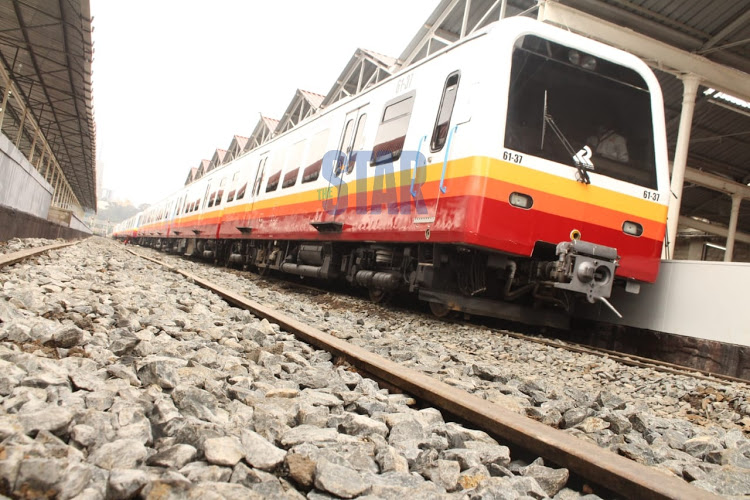
Image: ANDREW KASUKU
LINKED TO RAILWAY
Traffic snarl-ups in the Nairobi metropolis are estimated to cost the country Sh2 billion annually.
Gitau said the retrofitting will ensure that there are lanes for overtaking, pedestrian overpass as well as boarding ramps.
He said BRT will be integrated into the newly revitalised commuter railway.
Already, the state has imported 11 Diesel Multiple Units.
On Tuesday, President Uhuru Kenyatta commissioned the new-look Nairobi Central Railway Station.
The President also unveiled commuter rail service across 10 stations in the Nairobi Metropolitan region that will be served by trains, referred to as Diesel Multiple Units.
Uhuru said the government is focused on implementing integrated transport network projects in Nairobi to curb the huge losses Kenyans face as a result of traffic congestion.
He said the investment in an integrated mass transit is informed by the various transport challenges in urban areas.
“The estimated value of time lost to travel in Nairobi, for example, is between Sh80 million and Sh400 million per month, with congestion costing the country about Sh50 million daily,” Uhuru said.
“Needless to say, this loss in productivity has impacted adversely the growth of our economy.”
The Nairobi Central Railway Station, as well as the 10 stations, were refurbished under the modernisation programme of the Nairobi Commuter Rail Service.
Uhuru said the stations on the new scheduled commuter rail service will provide enhanced transport in the high-density residential areas of Ruiru, Mwiki, Embakasi Village, Athi River, Kikuyu, Kahawa, Githurai, Dandora, Pipeline and Donholm.
“These stations will also soon be served by 11 DMUs, of which five are being commissioned,” he said.
The new commuter rail network, which will have day-long hourly train service to and from the 10 stations, will also be integrated with a Bus Rapid Transit (BRT) system that will connect the Nairobi Central Station with existing matatu and commuter bus termini.
Uhuru said the government has so far spent Sh6.6 billion in upgrading the commuter rail stations in the Nairobi Metropolitan region, including the access roads as well as the integrated and modern ticketing system that accommodates off-site booking.
Image: NMS
NEW TERMINI
As part of decongesting the city, the Nairobi Metropolitan Services on Friday announced a new raft of measures..
NMS boss Mohamed Badi said the Green Park Bus Terminus is among the new designated termini constructed by the Services as part of the Nairobi integrated urban development masterplan and Decongestion Strategy, under which Public Service Vehicles will terminate outside the CBD.
PSVs plying Ngong Road and Lang’ata Road (Kawangware, Kikuyu, Kibera, Lang’ata, Rongai and Kiserian) will terminate at Green Park, known to many as Railways Club.
The PSVs will drop and pick passengers from this point.
A terminus at the junction of Bunyala and Workshop Road is under construction and will serve PSVs from Mombasa Road (South B, South C, Industrial Area, Imara Daima, Athi River, Kitengela and Machakos).
Long-distance PSVs from Mt Kenya region that have been terminating at Tea Room, Accra Road, will terminate at the new Desai and Park Road termini, where they pick and drop passengers.
BRT buses will transport passengers from railway stations to the city and vice versa, and also along the select road corridors.
Namata has gazetted 12 mobility corridors, seven of them for core mass rapid transportation linking Limuru, Ngong Town, Kenol, Murang’a, Kiambu, Ruai, JKIA and Konza technocity.
The remaining five comprise rapid transport corridors along Line 2, which have been contracted and works on them will begin soon, with the national government to ensure the corridors are secured in law.
Gitau said the programme delivery unit, which involves Kenha, Kura, NMS, Namata and Kenya Railways, is working towards integrating BRT with the railway.
The government has identified five corridors in its bid to decongest Nairobi roads.
Line 1 is to run from the James Gichuru Road and Waiyaki Way junction to Jomo Kenyatta International Airport, a distance of 20km.
The 31km line 2 will run from Lang’ata Road to Ngong Road, Juja Road, Komarock Road to Ruiru, with major stops at Dandora, Kariobangi and the Gikomba market.
Line 3 will run from Githurai through Thika Road to Moi Avenue in the CBD, terminating at Kenyatta National Hospital.
SOURCE: https://www.the-star.co.ke/news/2020-11-15-state-eyes-land-for-brt-as-nairobi-city-decongestion-plan-takes-shape/


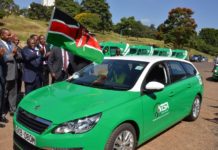
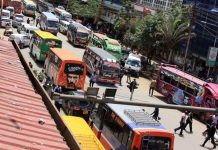
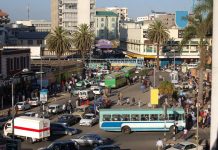
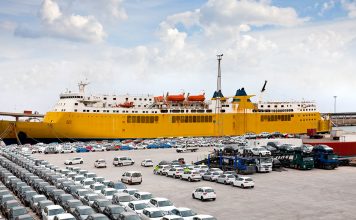

![Top 20 Used Cars to Avoid Buying in Kenya – [PHOTOS]](../../../blog/wp-content/uploads/2013/11/top-used-unreliable-cars-to-avoid2-80x60.jpg)


![Here are some of the best tuned cars in kenya by state of the art garages [PHOTOS]](../../../blog/wp-content/uploads/2013/11/29402_10151301757042065_340470732_n-e1384498044289.jpg)
![Top 20 Used Cars to Avoid Buying in Kenya – [PHOTOS]](../../../blog/wp-content/uploads/2013/11/top-used-unreliable-cars-to-avoid2-100x70.jpg)



